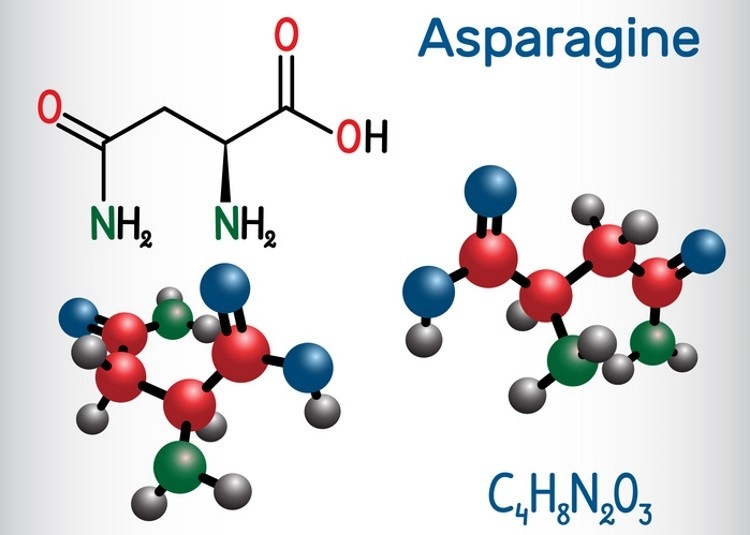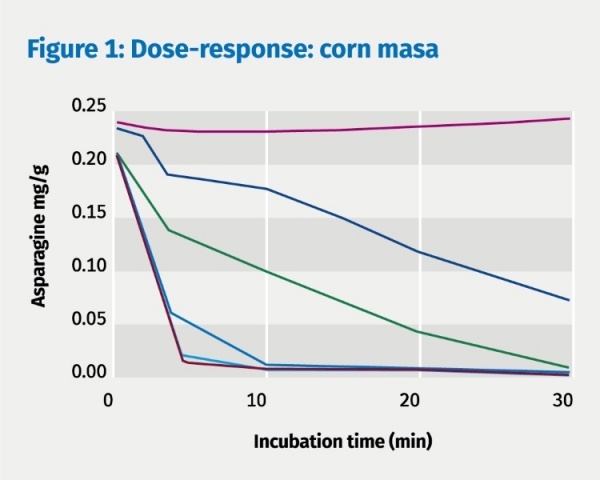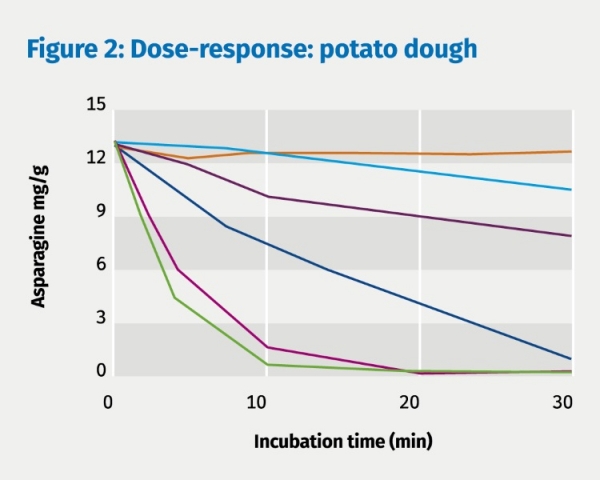Guest article
What are the next steps in acrylamide mitigation?

At the beginning of this year, the BEUC – the European Consumer Organization – conducted tests on 532 food samples and found that many products do not comply with benchmark levels as yet, despite the introduction of the EU acrylamide regulation in April 2018.
The EU‘s benchmark levels are based on the ALARA principle (as low as reasonably achievable).
However, according to BEUC, food and biscuits tailored for young children, in particular, contain too much acrylamide.
The formation of acrylamide
Acrylamide is formed naturally when food is processed above 120°C (248 °F) and is closely related to the browning effect, known as the Maillard reaction – that often appeals to consumers.
This occurs between reducing sugars (glucose, fructose or lactose) and free amino acids. When the amino acid is a free asparagine, a minor side effect occurs, leading to the formation of acrylamide.
Driven by legislation and rising consumer demand for healthier foods, manufacturers are increasingly looking for effective ways to reduce the acrylamide content in their products even further, while maintaining the same taste and texture.
Enzymes, such as asparaginases, have evolved to help meet this demand, and enable producers to optimize acrylamide reduction effectively by maximizing enzymatic asparaginase activity.
The relationship between asparaginase dosage and substrate conversion in wet doughs
In water-sufficient systems – with a water content of more than 30% – a proportional relation exists between the enzyme dosage and the substrate conversion.
Figure 1 illustrates the dose response of asparaginase in corn masa dough with relatively low asparagine content.
Figure 2 shows a similar graph, but the subject is potato dough with a high asparagine content, as substrate.
Both these graphs demonstrate the proportional relation between asparaginase dosage and substrate conversion at different asparagine levels; corn masa, for example, contains much lower levels of asparagine in comparison to potato flour.
They also show that enzymatic activity, and thus the dosage of asparaginase, depends on the water content, as well as a number of additional factors that facilitate enzyme function.
Are acrylamide levels regulated?
Various regulatory bodies, such as European Food Safety Authority (EFSA), have issued warnings about the potential negative health effects of the suspected carcinogenic substance.
In the US, the FDA is developing guidance for the industry on reduction of acrylamide levels in food products. It also regulates the amount of acrylamide in a variety of materials that come in contact with food. The US Environmental Protection Agency (EPA) regulates acrylamide levels in drinking water.
In the EU, the Industrial and Environmental Contaminants working group has called for the introduction of maximum levels of acrylamide for certain food categories.
This is currently being discussed by the European Commission for biscuits, rusks and other cereal-based foods for infants and young children.
DSM works with customers to reduce acrylamide in food by up to 95%, leveraging its indepth enzyme knowledge, along with its enzymatic solutions: PreventASe – suitable for a broad range of applications; and PreventASe XR – optimized for higher-pH applications.
Both products are asparaginases that convert free asparagine, thus preventing the formation of acrylamide.











